
Image via Pexels
Have you ever considered taking up vegetable gardening as a new hobby?
If you enjoy plants, spending time outside, or flexing your cooking skills with the use of seasonal, fresh produce, you really should.
“To plant a garden is to believe in tomorrow.”
– Audrey Hepburn
While growing certain plant varieties does take some trial-and-error, the vast majority of vegetable plants are extremely beginner-friendly.
In fact:
Growing vegetables is one of the best gateways into general gardening.
So how do you dip your toes into the vegetable gardening world? And what are the best vegetables to grow once you get started?
The Benefits of Vegetable Gardening
Whether you live in an area with little access to fresh produce, or you just want to get your hands dirty growing your own food, vegetable gardening is an excellent option.
In the past, households grew most, if not all, of their consumable produce.
Today, though, we often rely on grocery stores for our fresh vegetables.
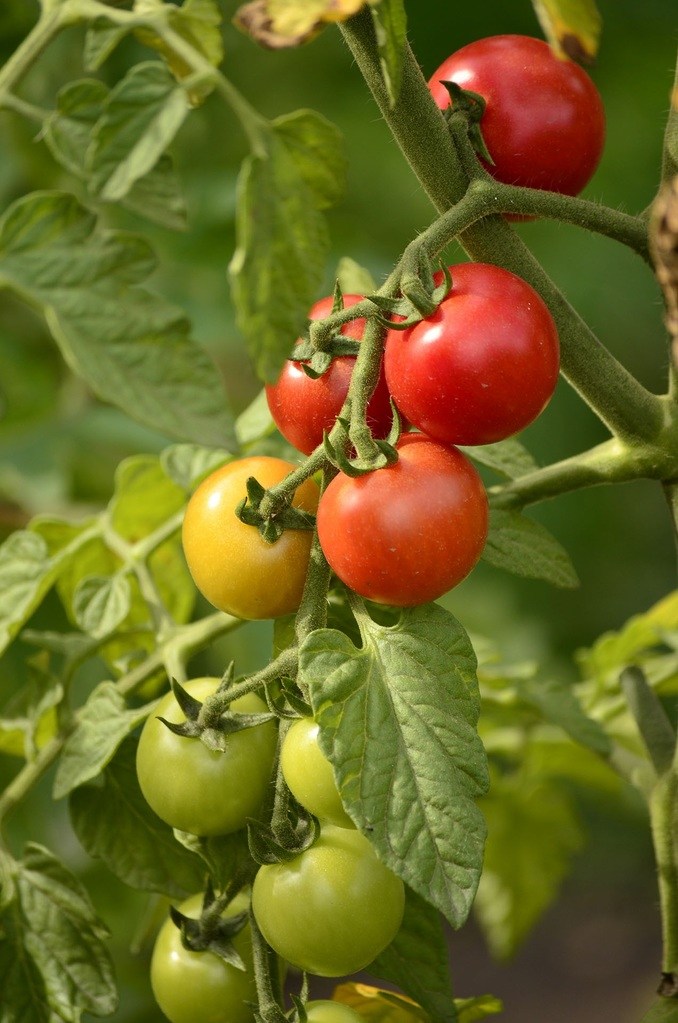
Fresh vegetables from the garden taste better. Image via Pixabay
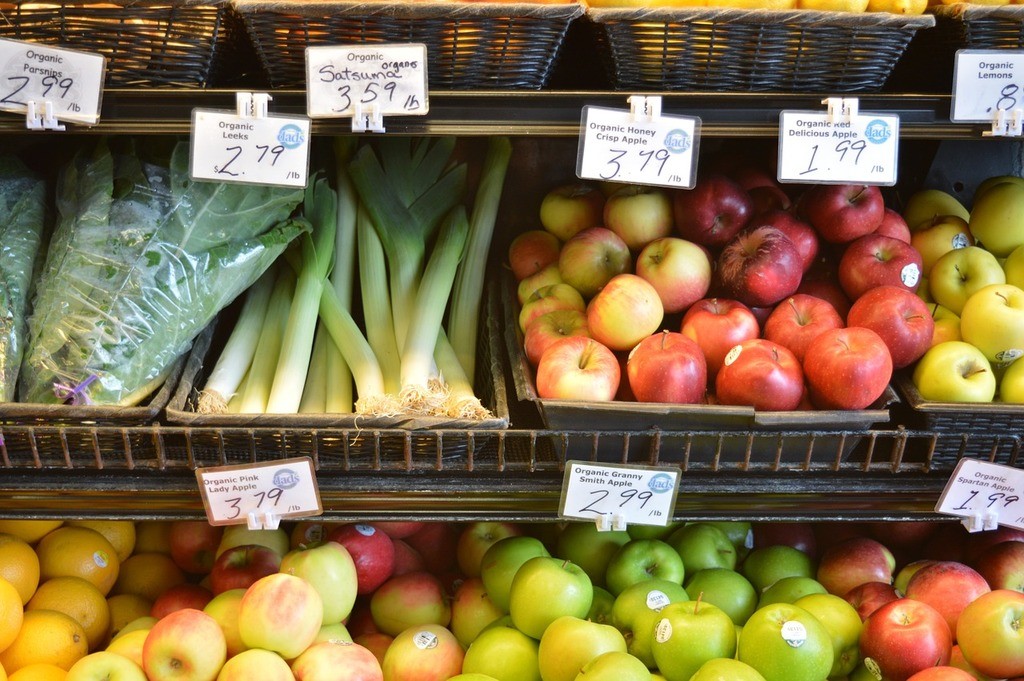
Image via Pixabay
Here’s what else:
While this modern convenience helps save time and effort, it also means that few people know from where their fruit and vegetables actually come.
In fact, experts estimate that, on average, our food travels around 1,500 miles from its farm-of-origin to our local grocer.
Of course, there are exceptions to this rule:
Farmers’ markets and smaller grocery stores often stock fruit and vegetables grown within just a few miles of where its sold.

Grow your own vegetables from seed. Image via Pexels.
Sadly:
But many people either don’t have access to one of these markets or can’t afford the higher prices these retailers often charge.
So why not try your hand at growing a vegetable garden of your own?
For some of us, gardening is in our blood. But for others, the prospect of vegetable gardening sounds like a real chore.
“Growing your own food is like printing your own money.”
– Ron Finley
Regardless of which camp you find yourself in, growing your own vegetable garden offers many tangible benefits.
Some of the biggest advantages of vegetable gardening include:
- Saving money on groceries
- Lowering your stress levels
- Getting more exercise
- Adding more vegetables to your diet
As you can see, vegetable gardening is not just a quaint hobby for retirees. It can help improve you and your family’s health, happiness, and financial well-being.
So, if you’ve decided to invest in your own vegetable garden, how do you get started?
Starting Your Own Vegetable Garden
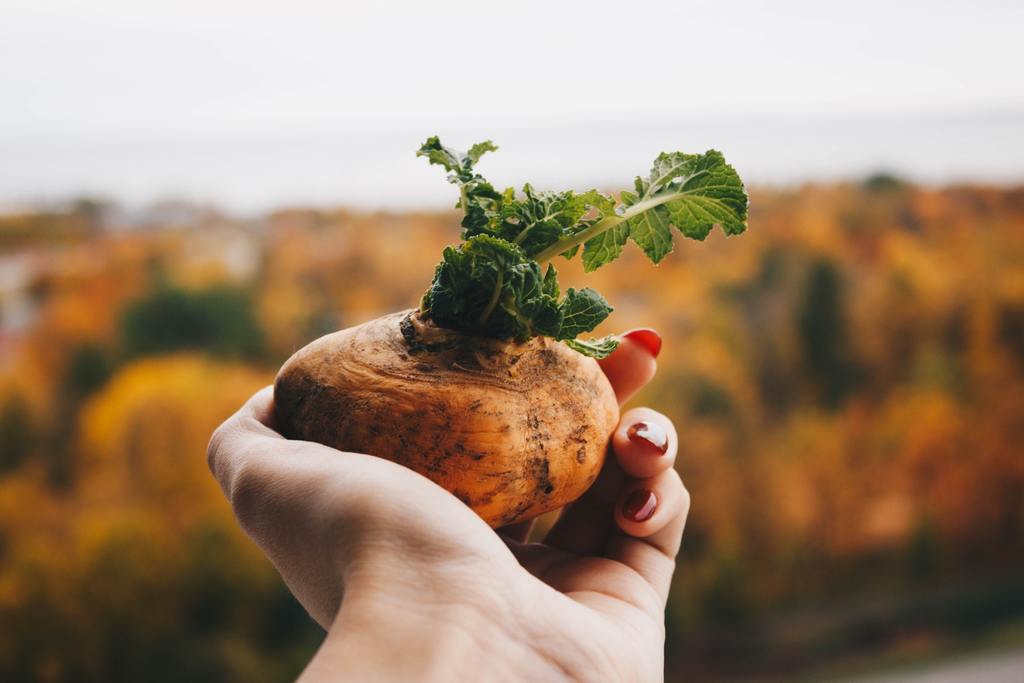
It’s easier to grow your own food than you think. Image via Pexels.
If starting your own vegetable garden is something you’re interested in, you’re in the right place.
For those who have past gardening experience, whether that be growing flowers or something else, much of the vegetable gardening process will come naturally.
If you have little to no gardening experience, don’t fret!
Here’s what you should know:
With a little research and practice, starting a successful vegetable garden is surprisingly easy.
“There are no gardening mistakes, only experiments.”
– Janet Kilburn Phillips
Before you can break ground on your new garden, remember these three things:
- When to plant your vegetable seeds or seedlings
- Which locations are best for your new garden
- What supplies you will need to best care for your vegetable garden
These factors will vary slightly depending on your location and what vegetables you’d like to grow.
When to start your vegetable garden
As you may or may not know, you can’t just pop seeds into the ground and expect to have fresh tomatoes or cucumbers in a couple of weeks.
Most vegetables that we grow are actually (botanically speaking) fruit. To produce this fruit, our plants need to go through several stages.
For instance:
Let’s take a look at the lifecycle of a tomato plant:
1
Seed germination:
The tomato seed germinates and begins producing its first roots and leaves.
2
Seedling:
The tomato plant is still young, but is beginning to develop its first adult leaves.
3
Maturation:
The tomato plant has reached maturity and can start to produce flowers.
4
Pollination:
Pollen from one flower is transferred to another through wind, insects, animals, or human interference.
5
Fruiting:
The fertilized flowers turn into fruit, also known as the tomato we use for food.
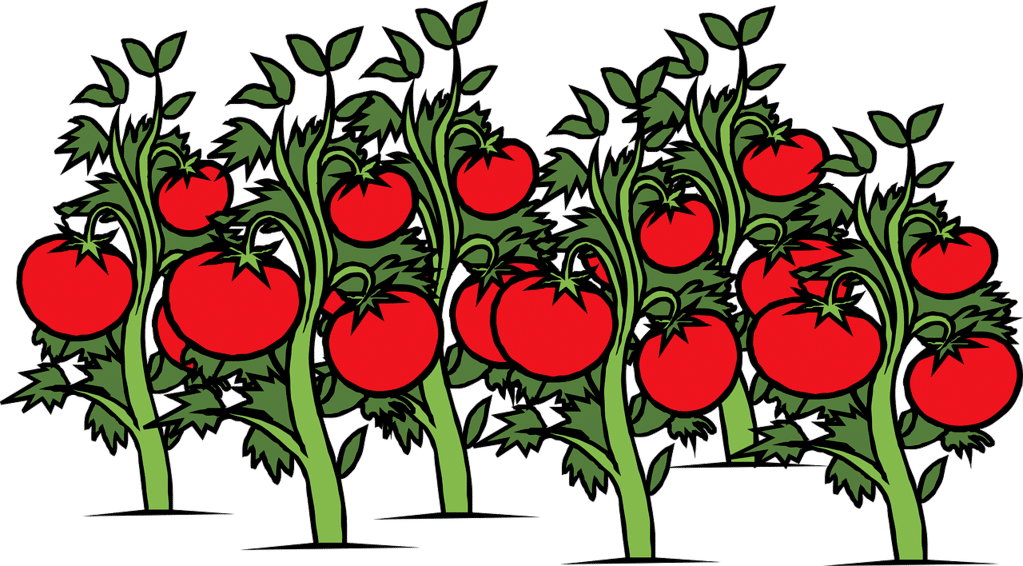
Image via Pixabay
Keep in mind:
This entire process can take several months to complete.
So if you want to enjoy fresh produce throughout the summer, you need to plan ahead.
Each plant variety follows its own life cycle. Some plants reach maturity in the blink of an eye, while others take months to produce fruit.
Fortunately:
There are countless handy guides available to help you determine when to plant your vegetable garden.
To effectively use these guides, you will also need to know which USDA hardiness zone you currently live in. If you don’t already know yours, you can find your respective hardiness zone by entering your zip code into The National Gardening Association’s convenient calculator.
Seeds vs. transplants
Aside from your geographical hardiness zone, you also need to consider whether you want to start your garden with seeds or transplants.
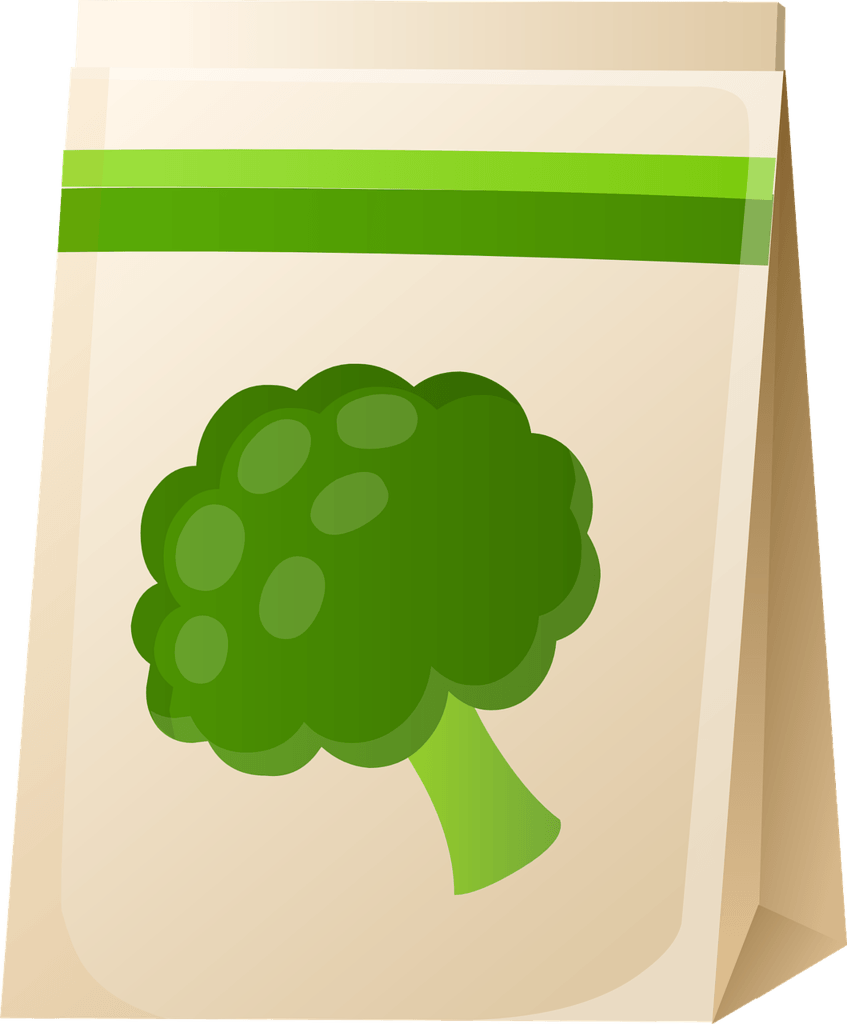
Image via Pixabay
This is what we found:
Seeds are probably the more obvious choice for those who are new to vegetable gardening.
Go to almost any store, even your local drug store or grocer, and you’ll probably find at least one seed display.
However, seeds aren’t always the best choice when just starting out. Some of the major pros and cons of using seeds include:
Pros
- Affordable
- More hands-on
- Easier to find
- More variety
- Flexible
Cons
- Longer
- grow time
- Higher failure rate
When it comes to vegetable gardening, transplants are also an extremely popular option.
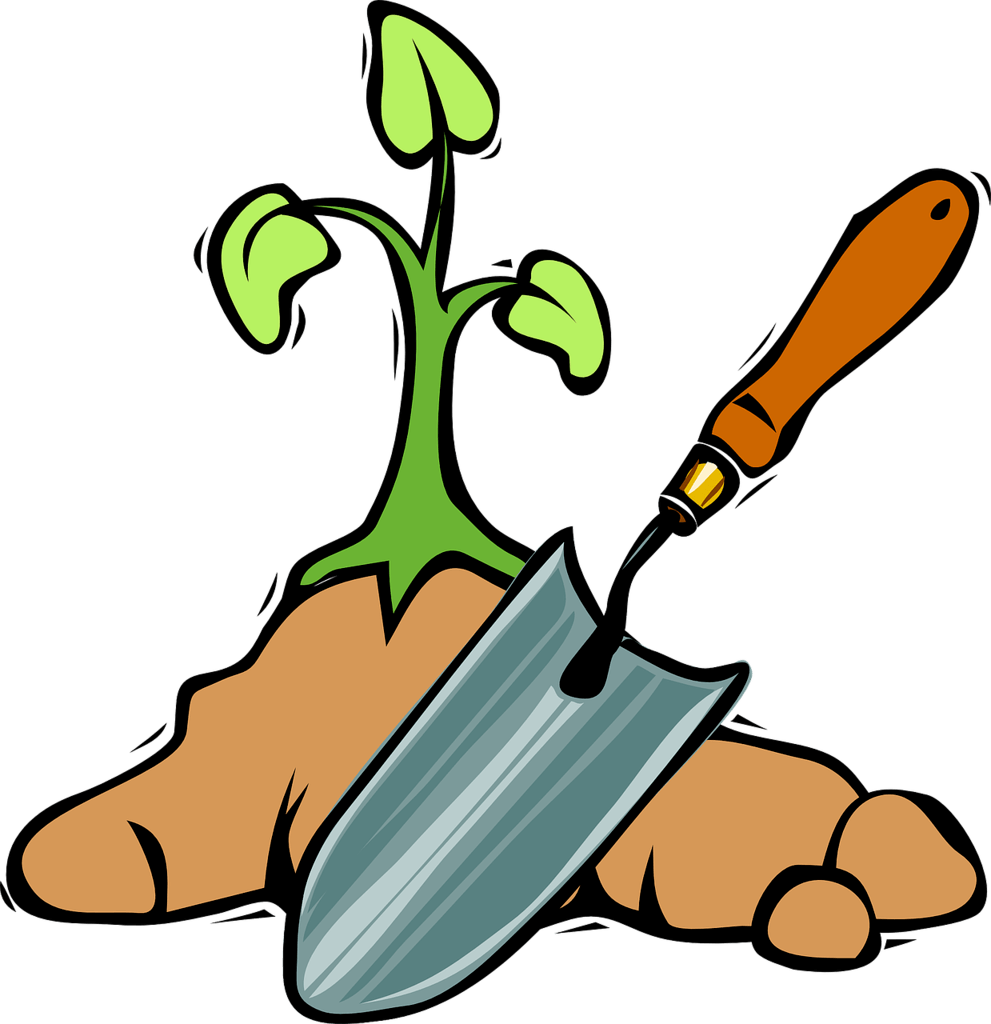
Image via Pixabay
Transplants are seedlings or mature plants that can be transferred into your garden. Instead of waiting for your seedlings to burst through the soil, you start with an already half- or full-grown plant.
Of course, transplants come with their own list of pros and cons:
Pros
- Shorter grow time
- Low-maintenance
- Higher success rate
- More resistant to pests
Cons
- More expensive
- Time-sensitive
What does that mean for you?
Just because you choose to transplant tomatoes doesn’t mean you can’t start your green beans from seed. As you become more experienced in vegetable gardening and managing your crops, you’ll be able to recognize which plants perform better from seed and which are worth the extra expense of buying transplants.
Where to plant your vegetable garden
The term vegetable gardening might suggest growing plants directly in the Earth’s soil.
This is not your only option:
Yes, digging a vegetable garden into your backyard is usually the most convenient and picturesque option.
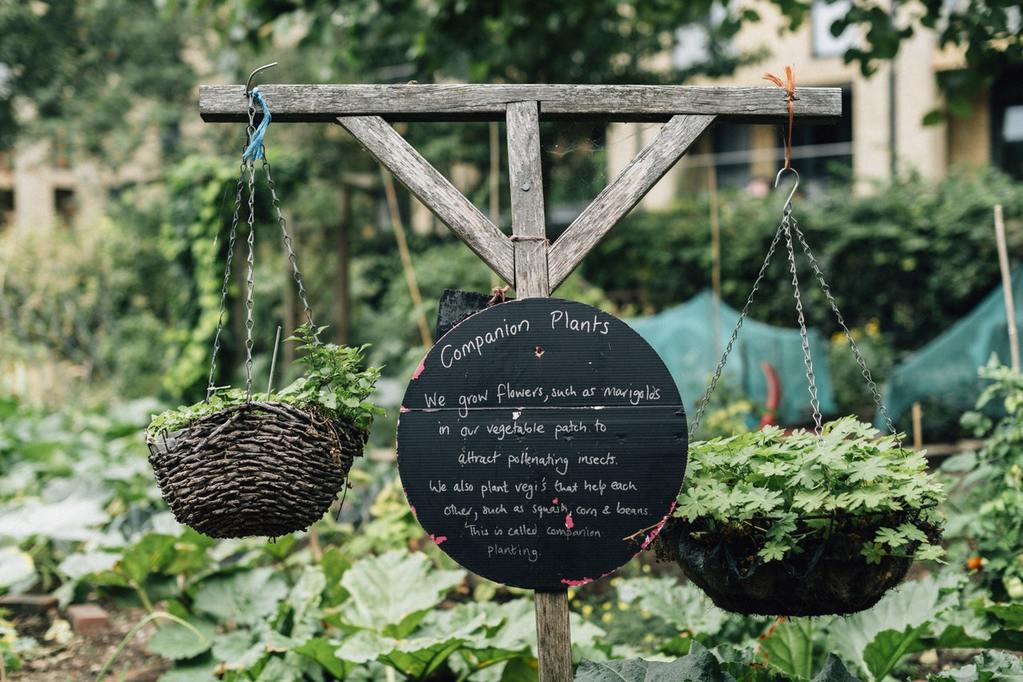
Some vegetables grow better when planted together. Image via Pexels
However, renters and others with limited space have developed countless ingenious ways to grow vegetables without access to an in-ground garden plot.
If you don’t have access to your own garden plot, you might be able to find a local community garden that you can participate in.
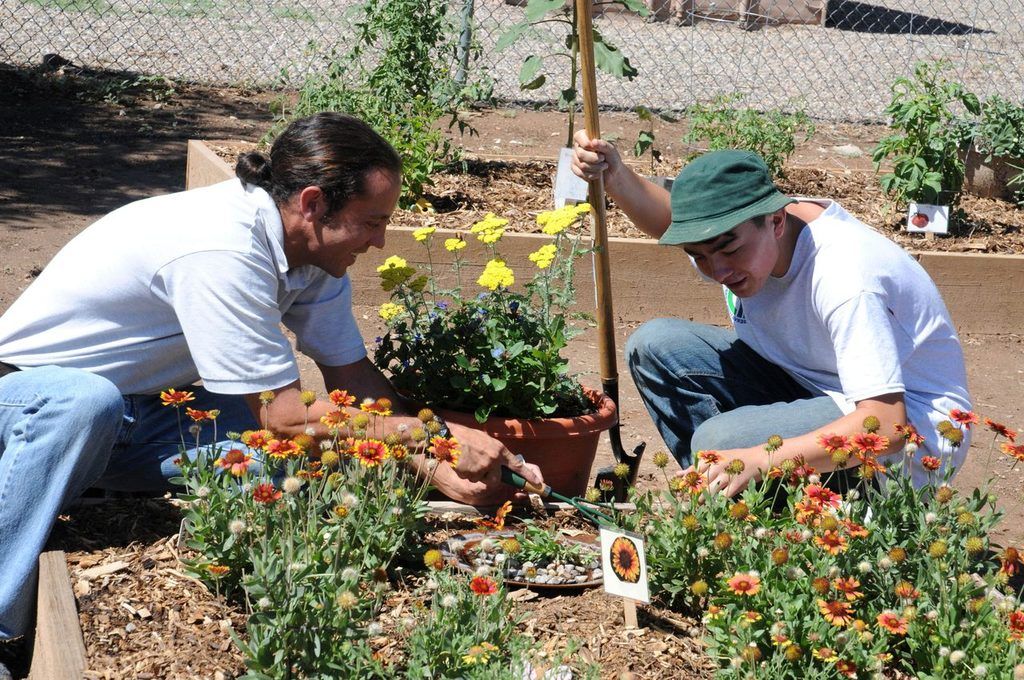
Share space with others in your neighborhood to pool garden resources. Image via Pixnio.
Here’s how:
Most community gardens offer generous plots for a surprisingly small fee.
You might even be able to use tools and machinery provided by the garden’s board or committee.
Another option is to grow a container vegetable garden.
Many vegetables do well in small containers — from 4 inches to 7 inches deep – including:
Herbs

Image via Pixabay
Beans
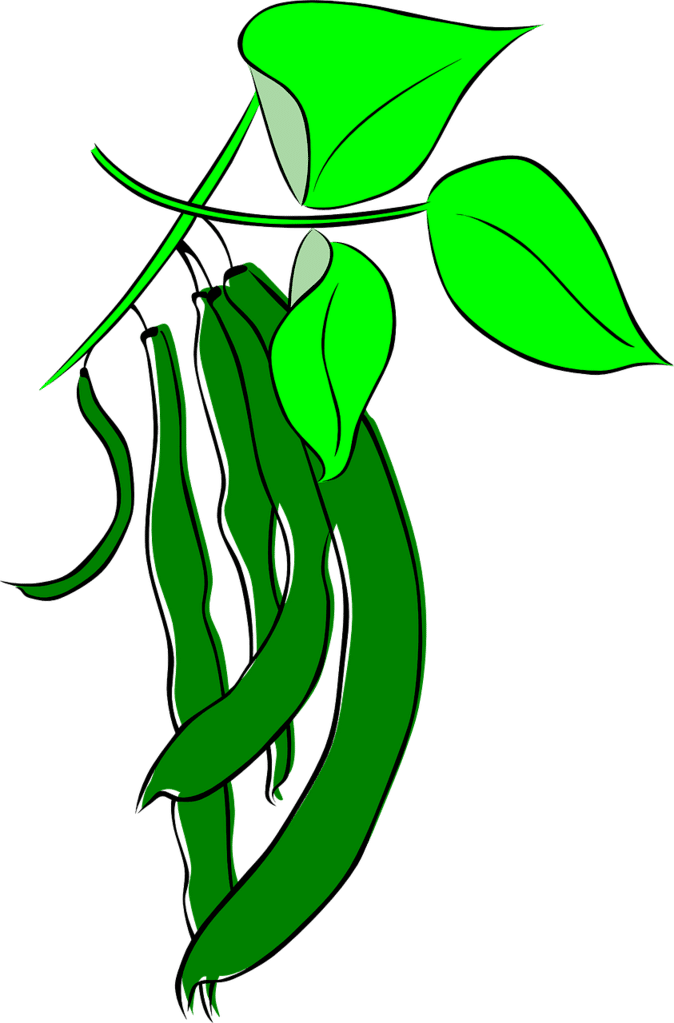
Image via Pixabay
Onions
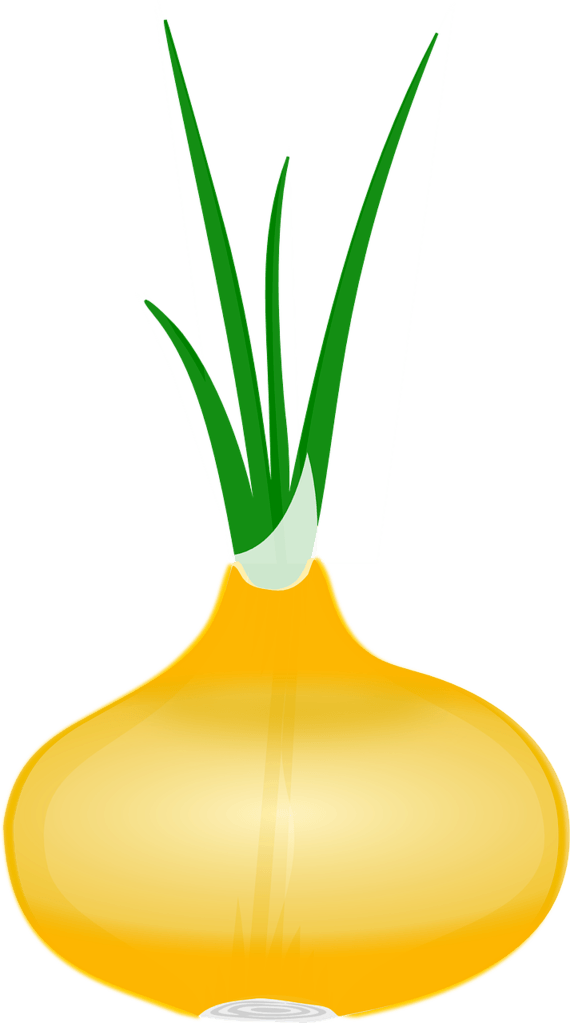
Image via Pixabay
Lettuce

Image via Pixabay
With a large container — about 12 inches or deeper — you can grow pretty much anything.
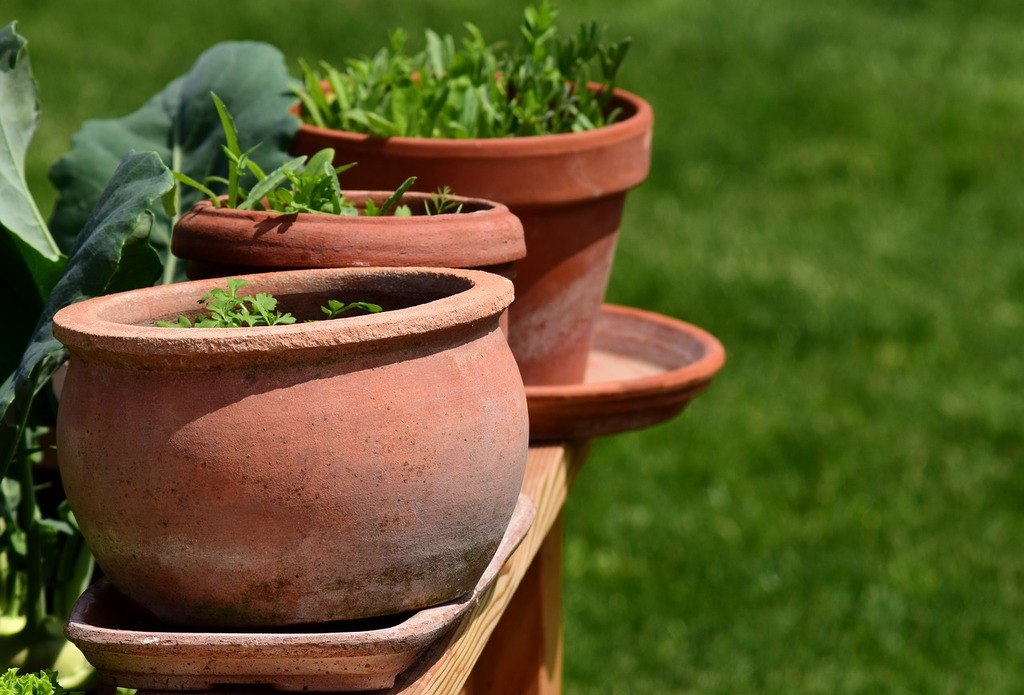
You can grow many edible plants in containers. Image via Pixabay.
Plus, with a container garden, you can grow vegetables on your balcony, patio, or other space. This is a great option for those living in an apartment or condo!
What you will need for your vegetable garden
Once you know when and where to start your vegetable garden, it’s time to stock up on supplies.
With vegetable gardening, the equipment you need can vary greatly depending on the type of vegetables you plan to grow.
In general, we recommend grabbing the following items for your personal gardening arsenal:
- Gardening gloves
- Soil (for container gardens)
- Hose with attachment or watering can
- Fertilizer (more on this later!)
- Trowel and shovel
- Stakes and twine
- Tiller (for in-ground gardens)
- Plant labels
- Trellises (for climbing vegetables)
- Cages (for tomato plants)
This list might seem long and expansive.
In the scheme of things, it’s not:

Image via Pixabay.
Most of these items are: reusable, affordable, and easily found at your local garden center or hardware store.
Better yet:
If you already have some gardening experience, you probably already own many of these items!
Mastering the Art of Soil
One of the most overlooked aspects of vegetable gardening is also the most important: the soil.
“The smell of freshly dug soil is perfume to a gardener.”
– University of Illinois Extension
Check this out:
Your garden’s soil is its source of essential nutrients, hydration, and support. And in vegetable gardening, which requires unmatched levels of energy, it is extremely important.
Do you know what soil actually is? Or what you can do to monitor and improve your vegetable garden’s soil profile?
The importance of soil
Soil is a mixture of organic (plant debris, animal waste, etc.) and non-organic (rocks, clay, etc.) materials that makes up the Earth’s topmost layer.
On top of these solid materials, soil also contains several elements in the form of gasses and liquids.
Why does that matter?
For plants, the most important of these elements are oxygen and water.
As far as nutrients are concerned, soil contains many. But the most prominent ones when it comes to plant health include Phosphorus, Nitrogen, and Potassium.
The acidity of soil also plays a role in your garden’s success.
This is important, pay attention:
Different plants prefer different levels of acidity. But improper pH levels can lead to iron deficiencies and low fruit yield.
When it comes to fruit-bearing plants, blueberries are one of the most easily affected by pH levels. So much so that you can find specially balanced fertilizers sold just for blueberry plants.
Fortunately, you do have the power to control (to a degree) your garden plot’s ratio of organic or non-organic materials, chemicals, and minerals.
Fertilizing your vegetable garden
As you can see, though, there is a ton of stuff that goes into your vegetable garden’s soil.
You were probably wondering:
What do you do if your chosen garden location has poor soil?
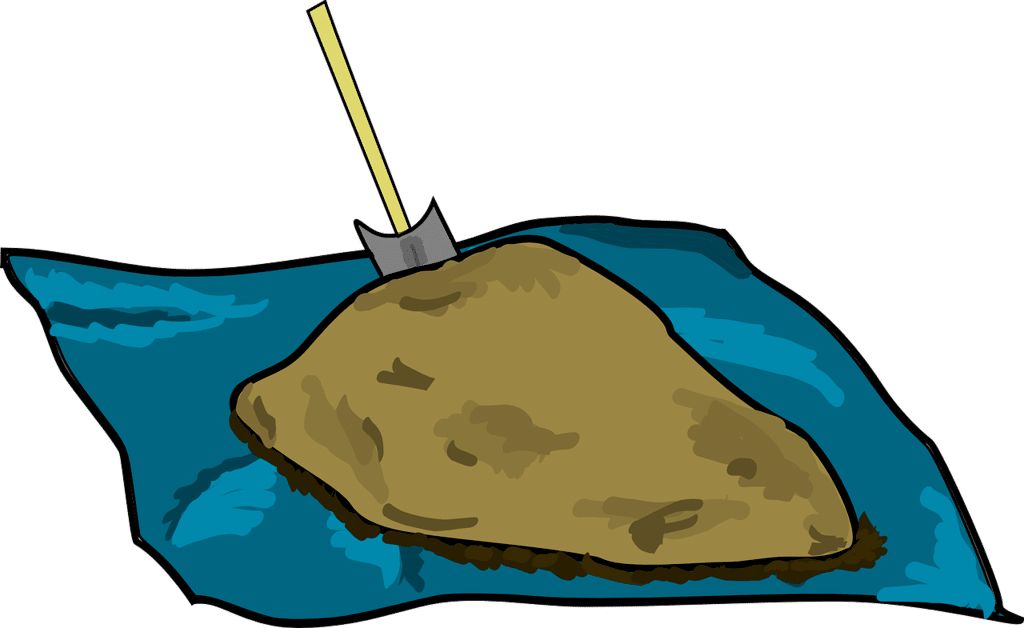
Image via Pixabay.
Well, if you’re planning on doing your vegetable gardening in an in-ground garden, you do have options!
If your soil is heavy in non-organic materials, you can mix compost into your garden plot.
Your soil probably won’t have too much organic material, but there it is possible to add too much organic matter to your garden. Be cautious not to add too much compost or fertilizer to your garden plot. And don’t be afraid to skip an application if you think you overdid it.
Speaking of compost and fertilizers, which is best for your own vegetable gardening endeavor?
Compost is cool
Composting involves speeding up the natural decomposition process of organic materials.
That means:
Typically, compost piles refer to composting vegetable material — from the garden or kitchen — or manure.
However, you want to avoid composting vegetative material that is potentially diseased, as this could transfer to your future crops.
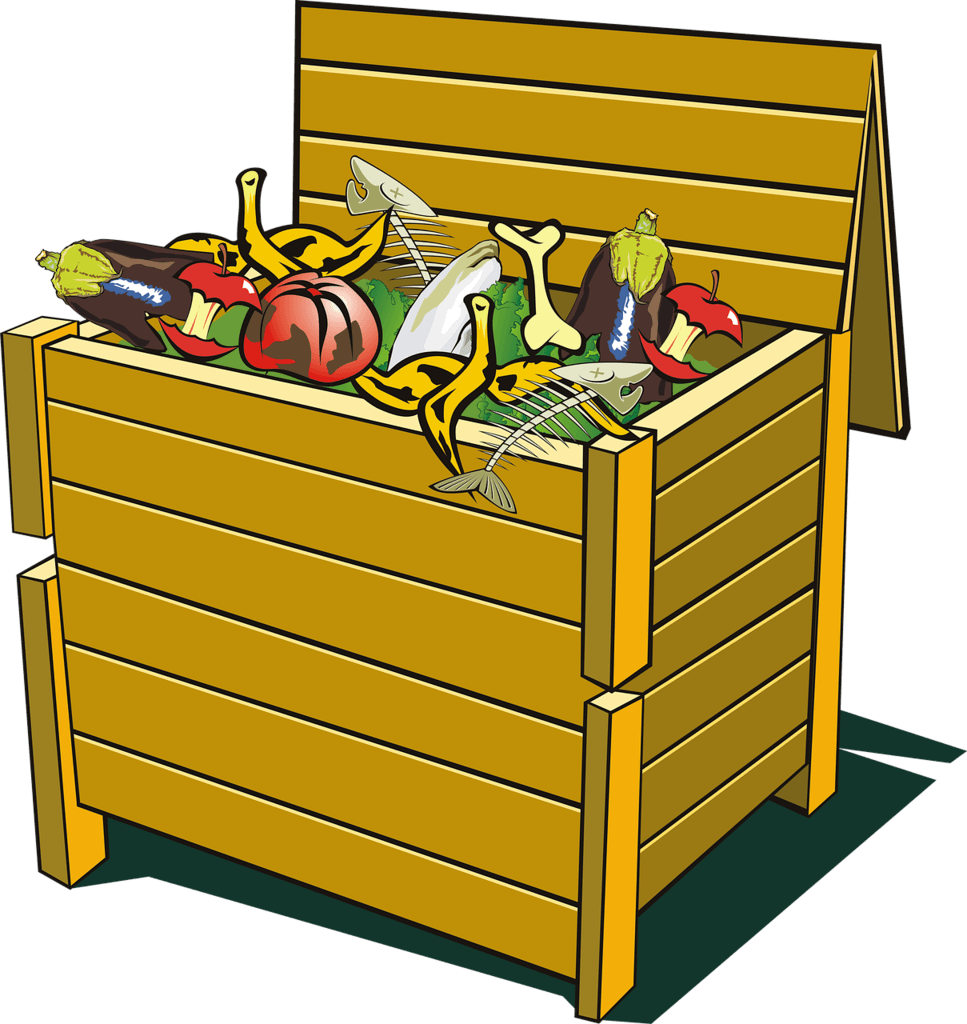
Image via Pixabay
After being composted, the nutrients in these materials are much more available to plants and their roots.
Many people prefer compost for vegetable gardening because they consider it more natural than commercial fertilizers.
Since vegetable gardens are primarily used for fresh food, this concern definitely isn’t unwarranted.
Commercial fertilizers works too
Commercial fertilizers like Miracle-Gro are extremely convenient when it comes to supplementing the natural nutrient profile of your garden’s soil.
Here’s another neat aspect of these store-bought fertilizers:
Each is labeled with its unique nutrient ratio.
When you look at a commercial fertilizer’s label, you will typically find three numbers in sequence. For example, 10-10-10 or 20-5-10.
These numbers refer to the percentage of nitrogen, phosphorus, and potassium — respectively.
“Fertilizer does no good in a heap, but a little spread around works miracles all over.”
– Richard Brinsley Sheridan
So, what does that mean?
This labeling is great if you know which nutrients you need to supplement. However, most commercial fertilizers just come in a balanced 10-10-10 or 20-20-20 formula.
If the chemicals in these fertilizers are a concern for you, many companies offer organic formulas designed specifically for vegetable gardening. You can often find these specialized formulas at any retailer that sells all-purpose fertilizer.
Testing your garden’s soil
While you can technically discover your soil’s nutrient profile through the performance of your crops, this is a long process that could result in the loss of countless plants.
Here’s what you can do instead:
You can request a free or discounted soil test from your local college or university’s extension program.
This is the most affordable and most accessible way to see the true contents of your soil. Even if you aren’t concerned about your local soil profile, it can be extremely interesting and eye-opening!
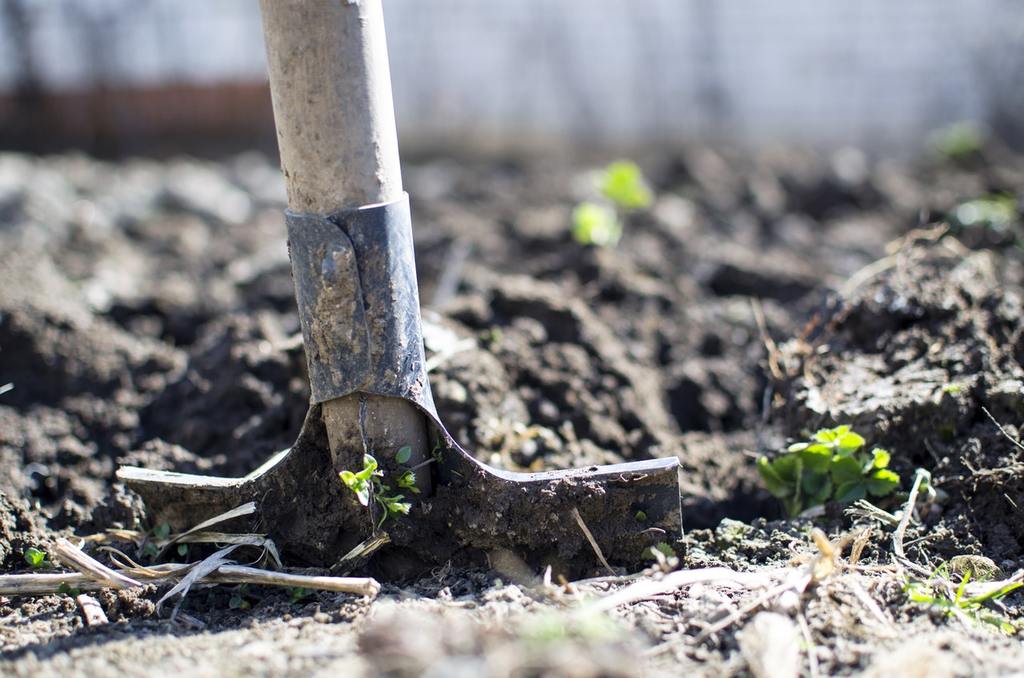
The quality of your garden soil will make a difference in your harvest. Image via Pexels.
Remember, though, that different plants pull different nutrient ratios from the soil. If you plant the same crops over-and-over, your soil’s profile may change and you may need to supplement with different products down the road.
The Best Vegetables for Beginner Vegetable Gardening
With the right conditions, you can grow pretty much any vegetable your heart desires.
No, it’s true:
There are, however, some varieties that are better-suited to beginners than others. While you certainly aren’t limited to these plants for your first year, they offer an easy starting point.
Gardening is cheaper than therapy, and you get tomatoes. – Unknown
Fortunately, most beginner-friendly plants are also super easy to use in the kitchen!
So if you’re ready to start growing your own salad fixings, here are the plants we recommend:
Everyone can grow a tomato
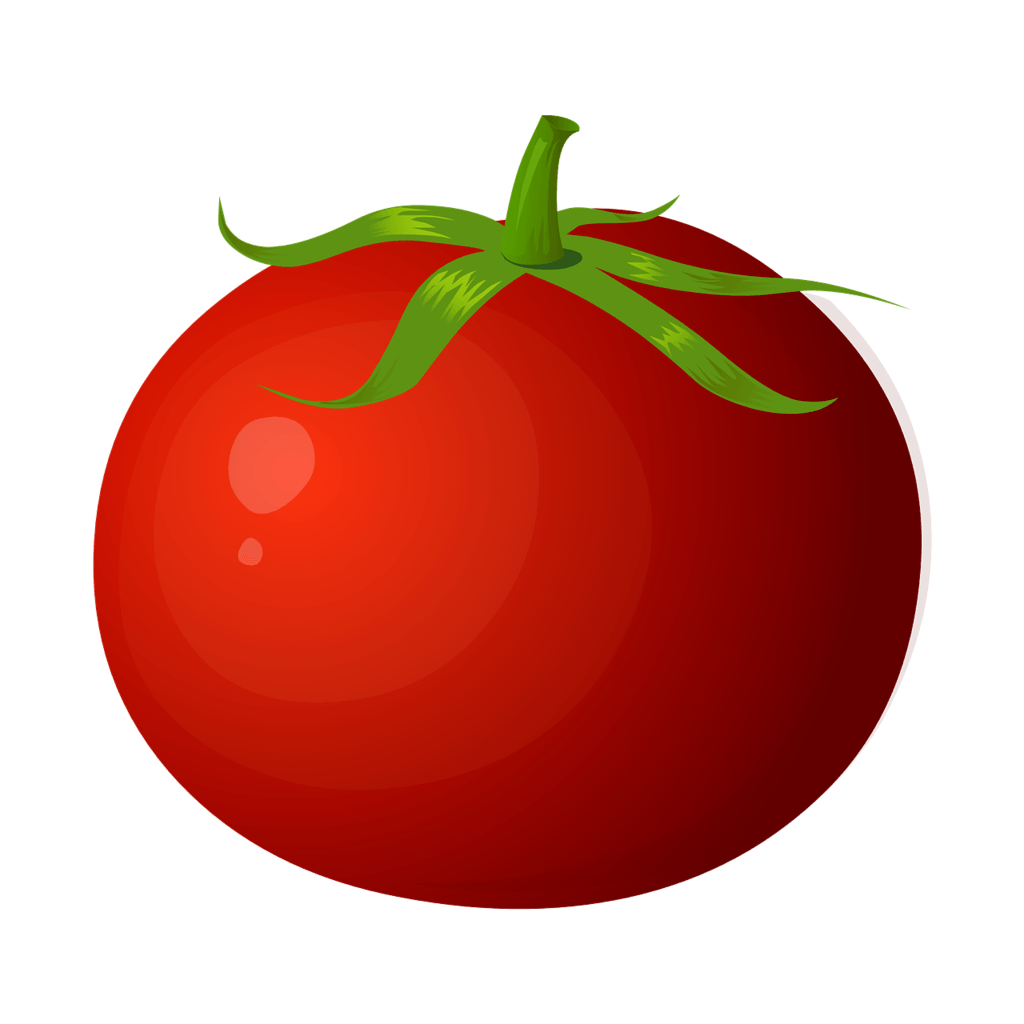
Image via Pixabay.
Tomato plants are notoriously resilient.
In fact:
Look behind any restaurant that uses fresh tomatoes and you’ll probably find a few rogue plants sprouting through the pavement!
This resiliency means that tomato plants are great for vegetable gardening.
Here’s what else:
Another key aspect of the tomato plant is its ability to self-pollinate.
Self-pollinating plants are able to pollinate their flowers with their own pollen. This isn’t true for all plant varieties, which require pollen from a different plant to fertilize their flowers.
At first, the ability to self-pollinate might not seem like a big deal. But when you consider that effective pollination is necessary for fruit production, the benefits of this trait become pretty clear!
That’s not all:
While you can start tomato plants from seed, transplants yield faster results and are pretty easy to find.
As your tomato plants grow, you might need to offer support with a stake and twine or tomato cage.
Even if your plant is standing tall at first, the weight of its fruit will eventually weight it down and cause it to slump.
If you want to know how to best set up your own tomato cages, we recommend checking out the video below:
One more thing:
There are two types of tomato plants: determinate and non-determinate.
What does that mean?
Determinate tomato plants are smaller, growing to a height of about three or four feet. Determinate tomato plants stop growing when they begin fruiting, and all of the tomatoes will reach ripeness at about the same time. These plants are best for container vegetable gardening.
Non-determinate tomato plants, though, continue growing until being killed off by frost. These plants can grow up to 12 feet tall and continue producing fruit throughout the entire season. If you want a steady supply of fresh tomatoes for your kitchen, non-determinate tomato varieties are best.
Lettuce is super easy too

Image via Pixabay
Varieties of lettuce and other leafy greens are also great options for the beginner gardener. They even do well in cool weather.
These plants are extremely versatile in the kitchen, making them a top choice for home chefs.
Here’s what else:
Since these plants grow surprisingly fast, you can maintain a constant supply of fresh salad greens throughout the growing months.
Lettuces are pretty easy to start from seed. But you might be able to find small transplants at your local garden center or hardware store during the spring.
Lettuce is a great crop for in-ground gardens and containers. You can even grow lettuce and other leafy greens in arrangements with annual flowers.
One downside of lettuce is that it attracts insects and animals. However, guarding your vegetable garden from rabbits and other small animals, as well as using anti-pest techniques like mulching, can help solve this problem.
Carrots are what’s for dinner…with a few simple steps
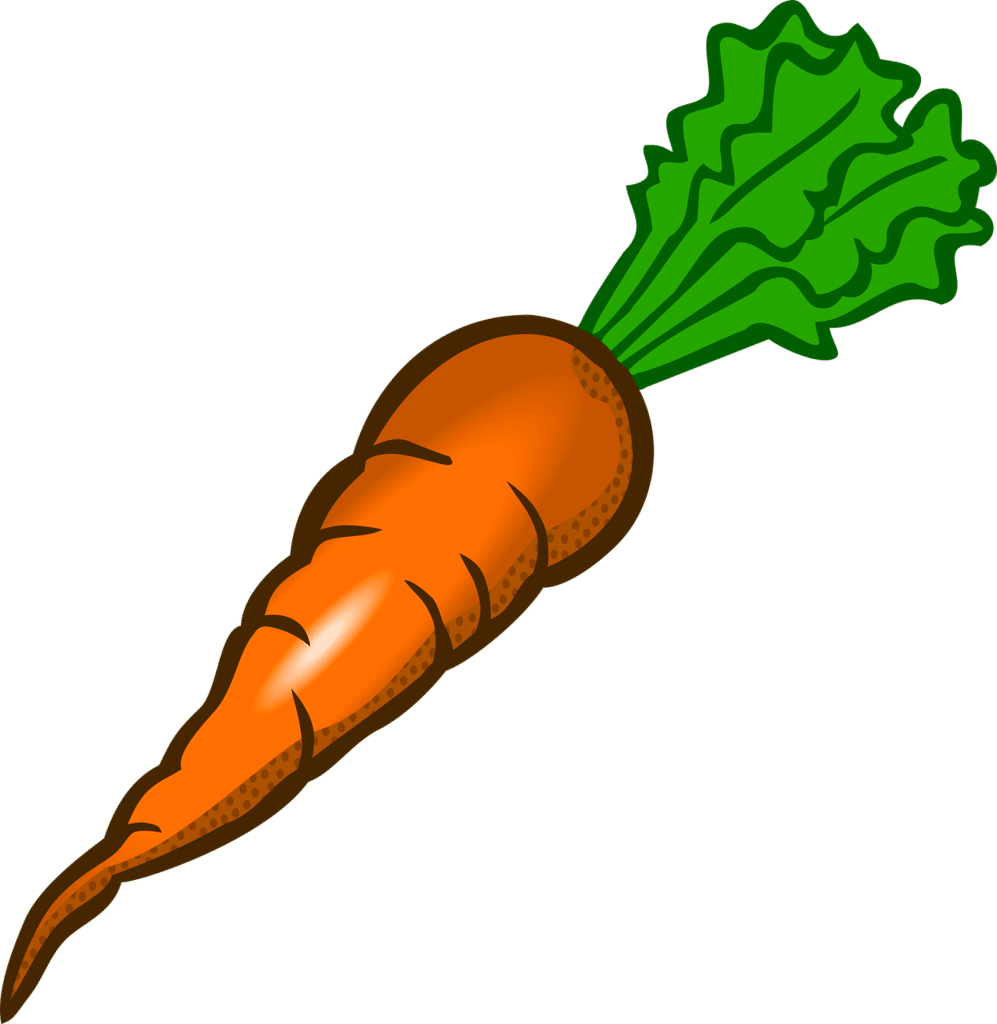
Image via Pixabay.
We’re not kidding.
Most of us know that the part of the carrot plant we eat is actually the root.
But did you know that carrots are biennials?
Confused? It’s okay:
Most hobby gardeners are familiar with annuals and perennials. However, a biennial plant reaches maturity over two growing seasons and then dies.
The key to growing carrots is that you harvest after the first growing season.
Yes, you read that right.
If you wait until the second, your carrot’s edible root will have shriveled up as the plant uses its energy to flower and reproduce!
Aside from being slow-to-germinate and slow-to-grow, carrots are a fairly easy vegetable garden crop. These plants are naturally pest-resistant and do well in cold weather.
The main challenge of growing carrots is keeping your garden’s soil light and fluffy so that the root can grow.
Keep in mind:
You really want to limit your use of compost and fertilizer when growing carrots!
Carrots are typically grown from seed.
If you want to maintain a continual harvest throughout the growing season, you can plant new carrot seeds every few weeks.
Cucumbers for everyone!
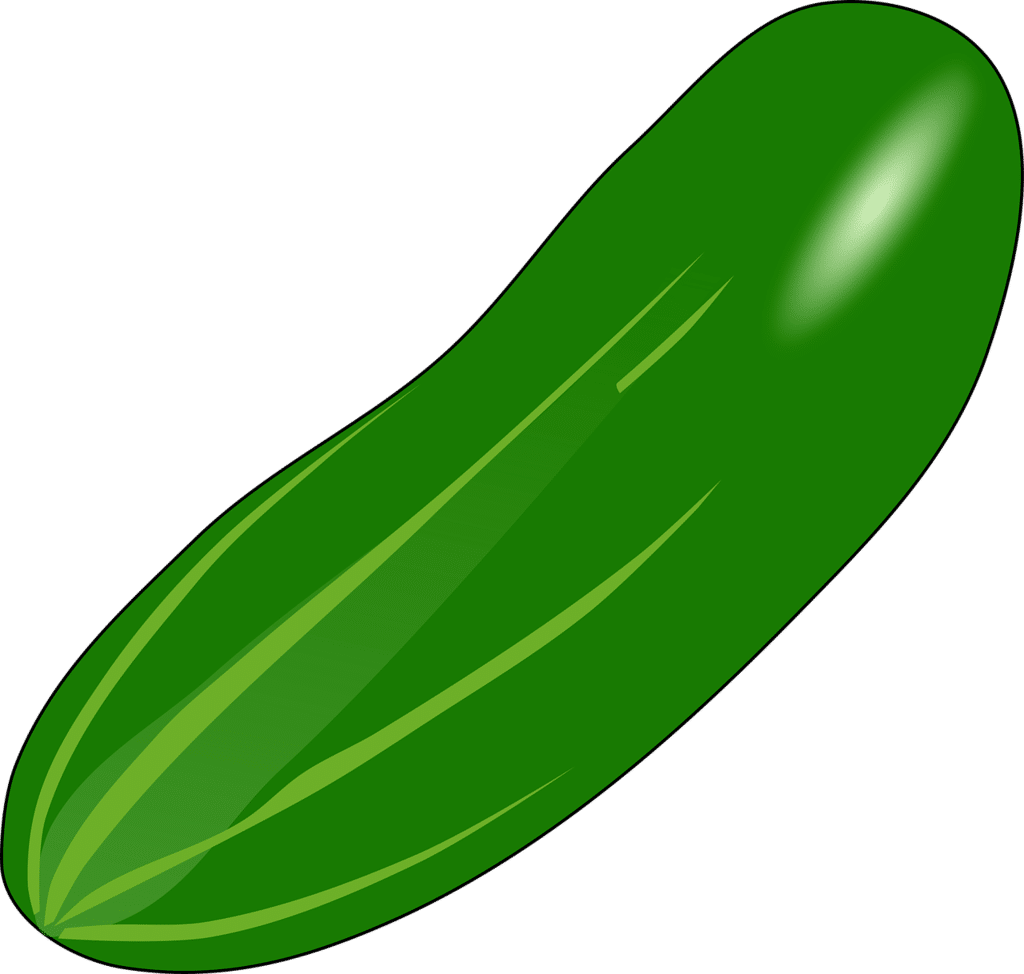
Image via Pixabay.
Cucumbers are viny plants that do well in home vegetable gardens.
When it comes to growing cucumbers, you can choose from bushy or climbing varieties. Bushy cucumber plants produce vines along the soil.
Climbing varieties, though, normally require a trellis.
That’s not the only cool fact:
Cucumber plants produce separate male and female flowers. Pollen from a male flower must travel to a female flower for the plant to produce fruit.
Some cucumber varieties available for home vegetable gardening produce only female flowers.
While these all-female plants offer a higher yield, you need to grow them in a shared space with male-flowering plants if you want a cucumber harvest.
Depending on how you plan to use your cucumber harvest, you can find a wide variety of cucumbers. Most cucumber seeds and transplants are labeled for pickling or consuming fresh.
Cucumbers are available from seed or as transplants.
Onions aren’t hard to grow, either
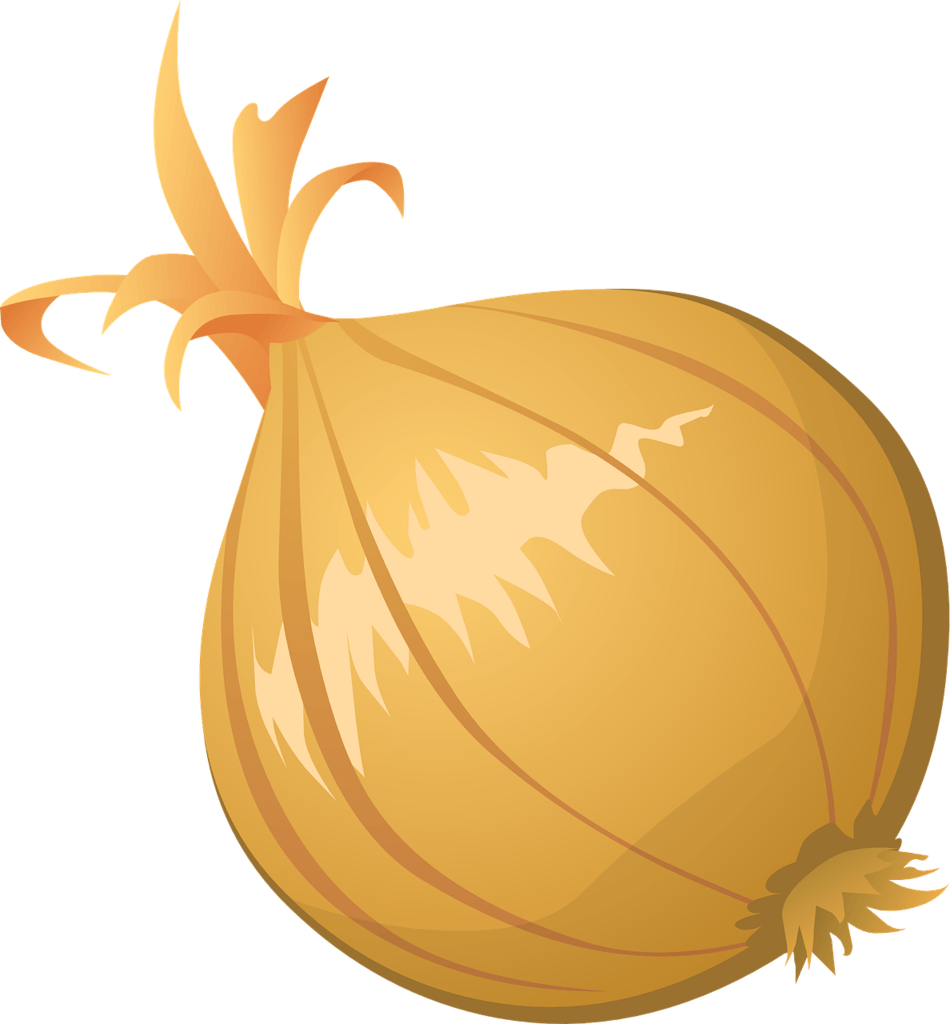
Image via Pixabay
Despite being a root vegetable, onions should be planted close to the soil’s surface.
Weird, right?
From green onions to bulb onions, all varieties are great options for at-home vegetable gardening.
All varieties of onion do best when grown from sets, or tiny starter bulbs. While you can start onions from seed or transplants, these methods don’t yield the best results.
Bulb onions do best when planted in the spring and harvested in late summer or early fall. This allows for the root to grow to its full size before harvesting.
When planting your bulb onions, consider creating raised rows. Raised beds are also an option.
Green onions should be harvested early in the season. Pull or dig your green onions when the stalks reach around six inches of height.
Snap some green beans from your own garden

Image via Pixabay
Green beans are another viny plant that does well in most vegetable gardens.
Like cucumbers, you can find green beans in both bushy and climbing varieties.
Yep, there really are two types.
Though the climbing varieties are a bit more commonplace.
Even better:
Green beans take up little space. That means that you can plant a huge harvest or keep them in a smaller garden space.
With enough sun and lots of water, your green bean plants are sure to thrive.
Plant some bell peppers

Image via Pixabay.
When it comes to vegetable gardening, bell peppers are an excellent way to bring color and flavor to the table.
Cool, right?
If you plan to start your bell pepper plants from seed, you will need to keep them in a warm place. Bell pepper seeds require temperatures of at least 70-degrees to germinate.
However, bell pepper transplants are pretty easy to find at garden centers and nurseries.
During growth, however, your bell pepper plants will still require warm soil temperatures.
If your soil is less than 65-degrees, you will need to warm it up if you want your bell peppers to survive. Laying black plastic over your pepper plants is a great method to increase the soil temperature.
While these plants can be finicky when it comes to temperature, they are an otherwise low-maintenance vegetable!
As your bell peppers grow, you might need to support them with cages or stakes. Otherwise, you can expect to harvest fresh bell peppers throughout the growing season.
Radishes are yummy and easy to grow
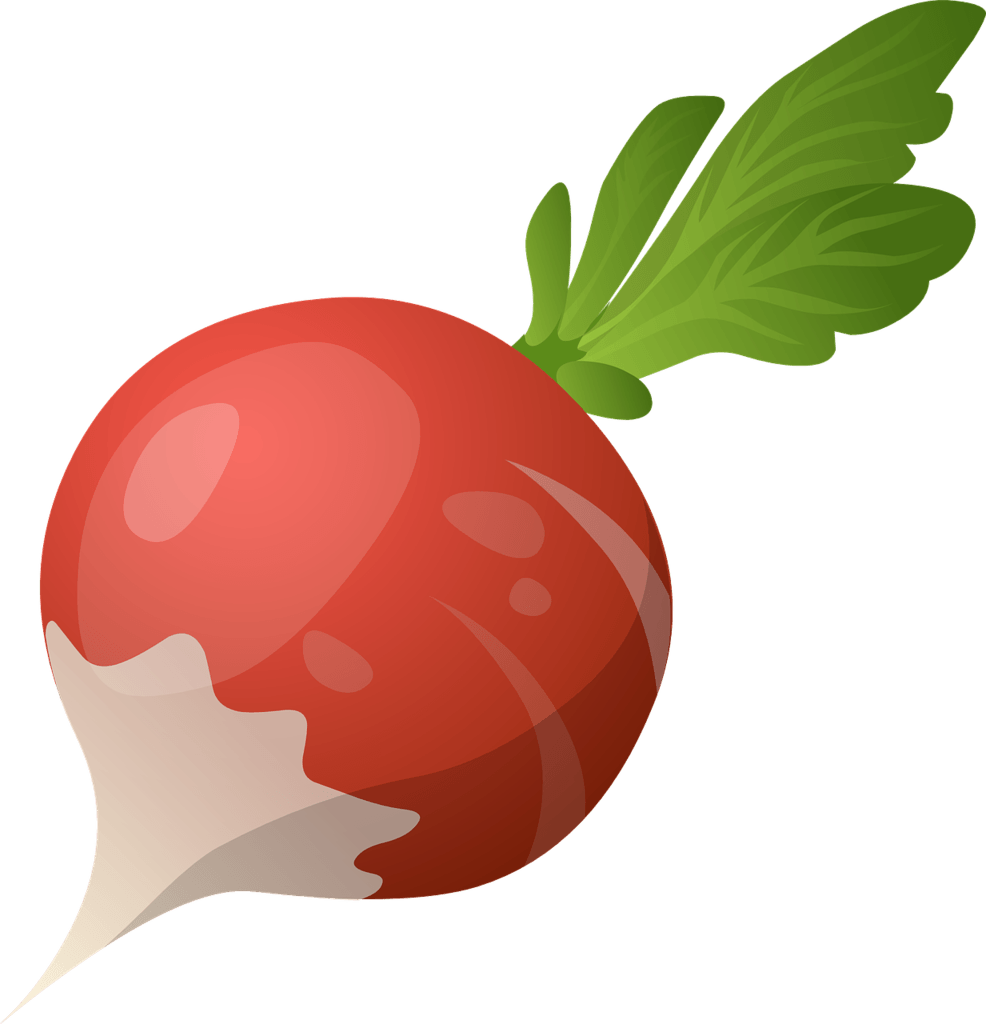
Image via Pixabay.
Radishes are not only easy-to-grow. They are also easy-to-germinate.
All you need to do is toss some radish seeds in your garden and cover with a dusting of soil. After just four or five days, you’ll see little sprouts emerging from the earth!
That’s not the only thing:
With around a 75-percent success rate when it comes to germination, radishes are one of the most reliable plants for vegetable gardening.
While radish seeds are eager growers, you will want to thin out your crop when they are seedlings. If you don’t, resources will be scarce and your radishes won’t grow to their full potential.
Radishes only take around three weeks to reach maturity, so you can continually plant new seeds for a constant harvest throughout the season.
Make zucchini bread with homegrown zucchini

Image via Pixabay.
Zucchini might look like cucumber, but it is actually a type of summer squash.
These plants take up a lot of space at maturity, so make sure you give them plenty of room when first planting. The best method for planting zucchini is by building a hill or mound of soil in your garden.
Zucchini is an easy vegetable to start from seed, but you can also find small transplants that will mature even faster.
Furthermore:
Unlike some other vegetables, zucchini plants love heavily composted and moist soil.
When it comes to pollination, though, zucchini can be a bit difficult to master.
As it turns out:
Zucchini flowers are only open for one day each.
So ensuring pollination within this short window is not always an easy task.
The best strategy is to plant two or three plants in clusters throughout your garden. This will ensure that your plants (and their fertile flowers) are within close proximity of each other for insects and other pollinators.
Since zucchini grow pretty fast (up to two inches per day!) you won’t have to wait long before harvesting.
And removing the zucchini fruit when they are small will help encourage your plants to produce more fruit throughout the season.
Caring for Your Vegetable Garden
Once your chosen vegetables are in the ground, you need to follow a regular maintenance schedule if you expect to receive a bountiful harvest.
Most of the maintenance that comes along with vegetable gardening is very similar to any other type of gardening or plant care.
“A garden requires patient labor and attention. Plants do not grow merely to satisfy ambitions or to fulfill good intentions. They thrive because someone expended effort on them.”
– Liberty Hyde Bailey
However, there will be countless insects and animals that want to eat your harvest even more than you do!
Don’t forget:
Some vegetables are more prone to pest damage than others. But with the right techniques you can help protect your garden from aphids, squirrels, birds, and more.
Sunlight is very, very important

Most vegetable gardens will do best in full sun. Or at least the fullest sun you can access.
However, there are occasions where this sunlight will be too much for some of your plants and you will need to take protective measures.
Consider this:
Heat can cause intense stress for some plant varieties. Even if your plants are staying hydrated and not showing any signs of wilting, extreme heat can cause them to abandon the flowering and fruiting process until more inclement weather arrives.
Watering can be used as a cooling strategy in some cases.
The more convenient option is to make a shade cover for your garden.
Shade covers can be made from lightweight fabric like old sheets or burlap. But you should ensure that these covers are positioned several inches above your plants to prevent heat from collecting underneath.
Forget the water and your plants will die

Image via Pixabay.
Write this down:
In general, you want to water your garden about one inch per week (or about 60 gallons per 100 square feet).
This includes any rainfall that your garden receives.
Instead of watering lightly once-a-day, try to schedule two or threes waterings per week with a heavier soaking.
If your vegetable garden is outside, then hand watering is not the only source of hydration.
“The glory of gardening: hands in the dirt, head in the sun, heart with nature. To nurture a garden is to feed not just on the body, but the soul.”
– Alfred Austin
You must also keep an eye on and consider the weather. Heavy rain can completely eliminate the need to hand water. And dry weather can mean watering your vegetables multiple times per day to keep them from drying out.
The best way to measure how much water your garden receives is to invest in a rain gauge.
Pests will need to be kept away

For many just getting into vegetable gardening, pests are the greatest obstacle to success.
One day you could have countless tomatoes, lettuce plants, and cucumbers growing in your garden. The next you could find your entire harvest eaten by insects, rabbits, and birds.
Do this:
The best defense against larger pests like rodents and birds is netting.
For birds, you want the netting to surround the entire plant and be placed far enough away that they cannot simply reach through it.
Rodents can typically be stopped by fencing. But some will burrow underneath to access your vegetables regardless.
Insects are a bit trickier, though.
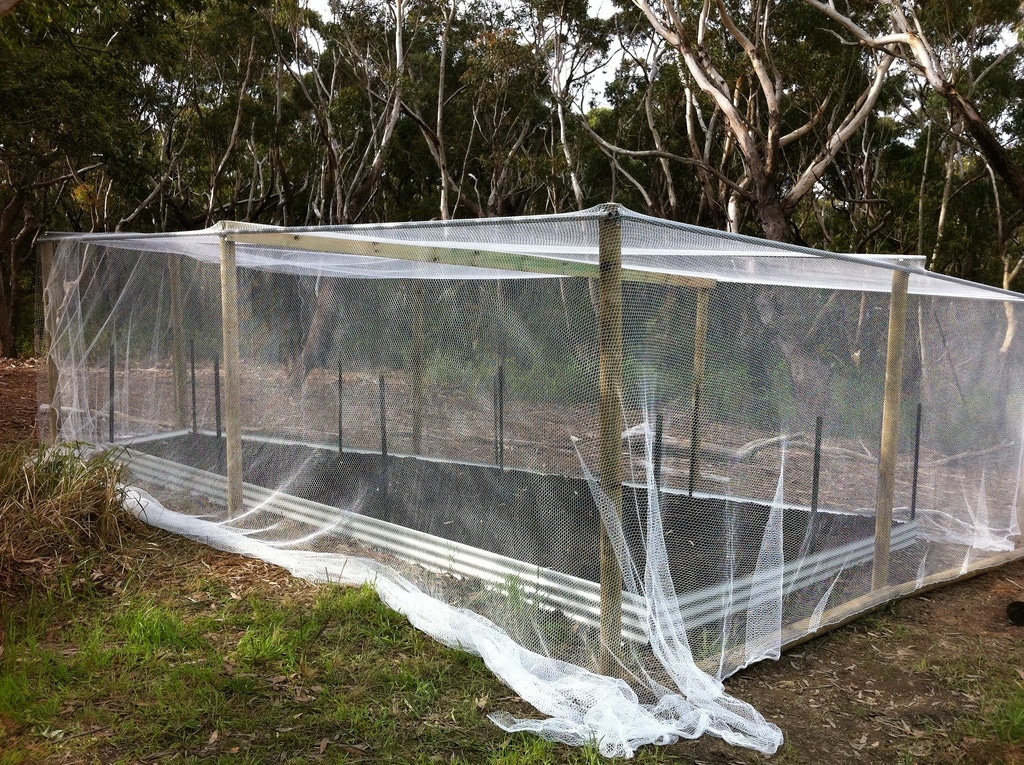
Image by Doug Beckers, CC by 2.0, via Flickr
Bear in mind:
When you tend to your garden, you can remove larger insects by hand. This won’t keep them from coming back, but it will at least limit the damage in the moment.
For smaller pests, like aphids and white flies, might require insecticidal oils or chemicals. We recommend always opting for organic or naturally sourced insecticides when it comes to treating your vegetable garden.
Remember that not all animals, especially insects, are pests. Some are actually extremely beneficial to your vegetable garden as a whole.
Weeds must be destroyed
Weeds can crowd your vegetable garden and sap valuable nutrients from the soil.
As if that’s not enough:
While you can remove weeds by hand or with a Hula Hoe, preventing their growth in the first place is the best measure.
“A weed is a plant that has mastered every survival skill except for learning how to grow in rows.”
– Doug Larson
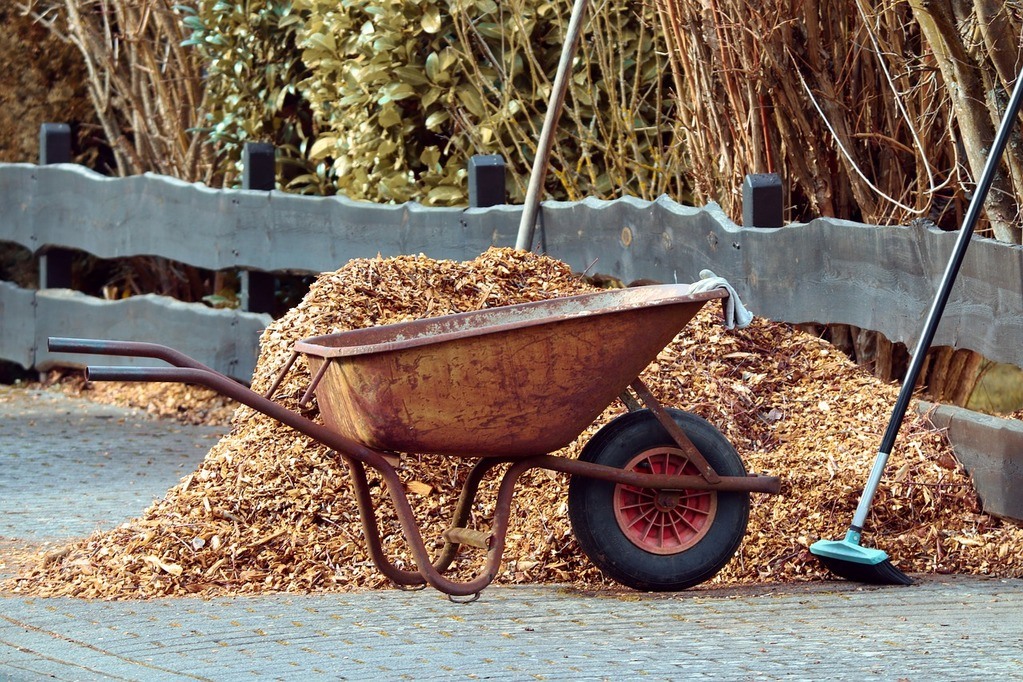
Adding mulch to your vegetable garden will prevent weeds and retain moisture. Image via Pixabay
Before planting any seeds or moving transplants to your garden plot, consider covering the soil with sheets of cardboard or another material to block out the light. This practice will help prevent the germination of weeds already present in the soil.
After your vegetables are planted, you can also add mulch to the surface of your garden.This will prevent weed seedlings from emerging through the soil and taking over your garden.
Troubleshooting Your Vegetable Garden
In some cases, you will choose beginner-friendly plants, provide adequate shade and sunlight, water regularly, and fight pests. Yet your vegetable garden will end up producing little to no produce.
“You have to get up and plant the seed and see if it grows, but you can’t just wait around, you have to water it and take care of it.”
– Bootsy Collins
Some of the most common vegetable gardening quandaries and their solutions are listed below:
Bitter lettuce — Heat stress or insufficient watering — Choose sweeter varieties, Plant in shade, Water more
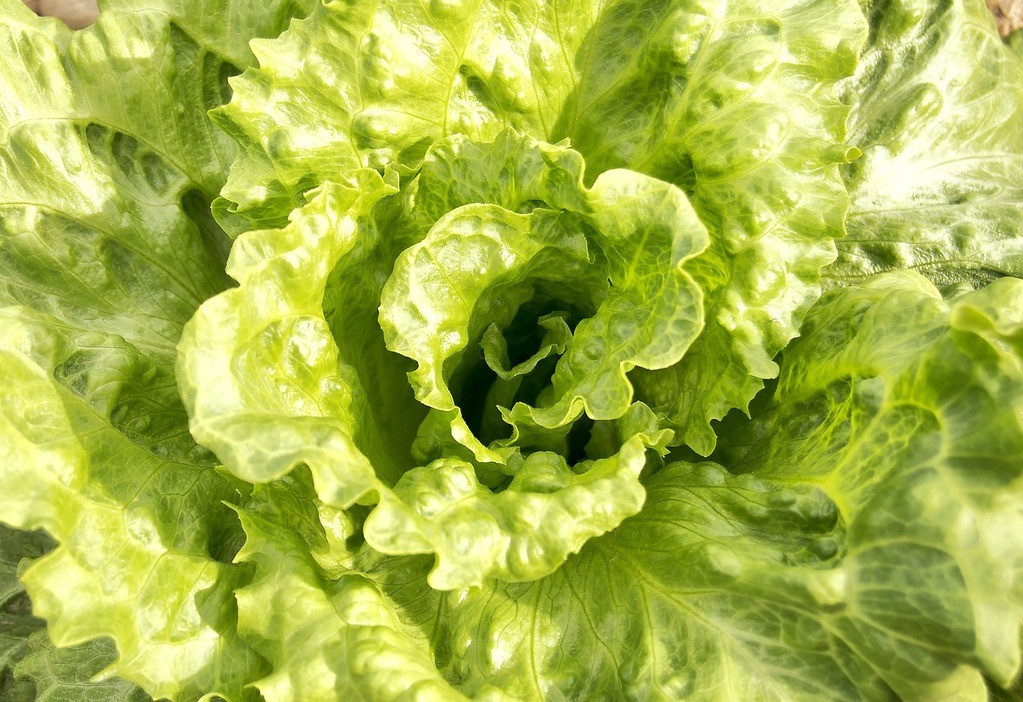
Image via Pixabay
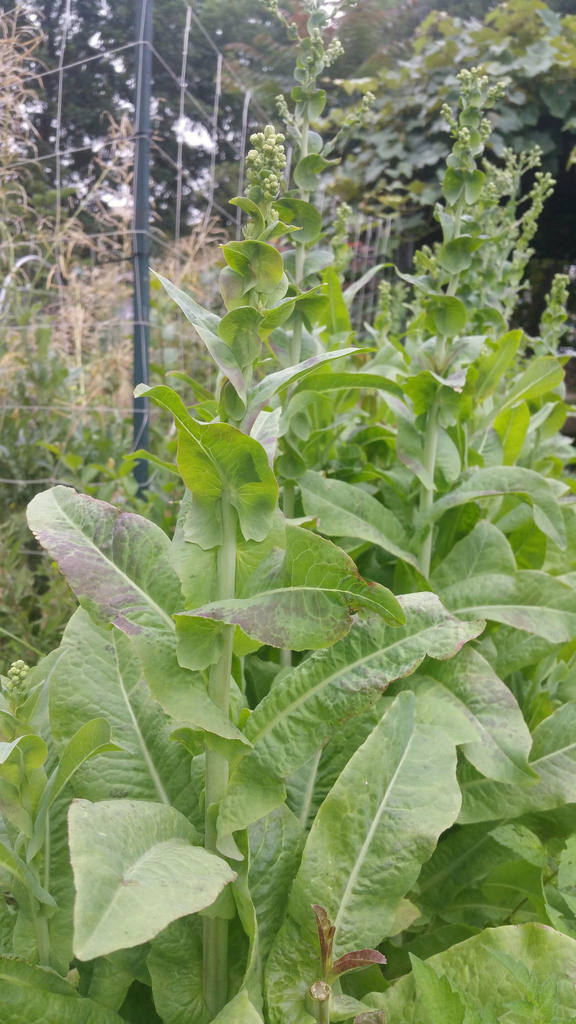
Image by Karen Hine, CC0 Public Domain via Flickr
Bolting — Dramatic temperature changes — Plant cold-weather plants earlier in the season, Use shade covers
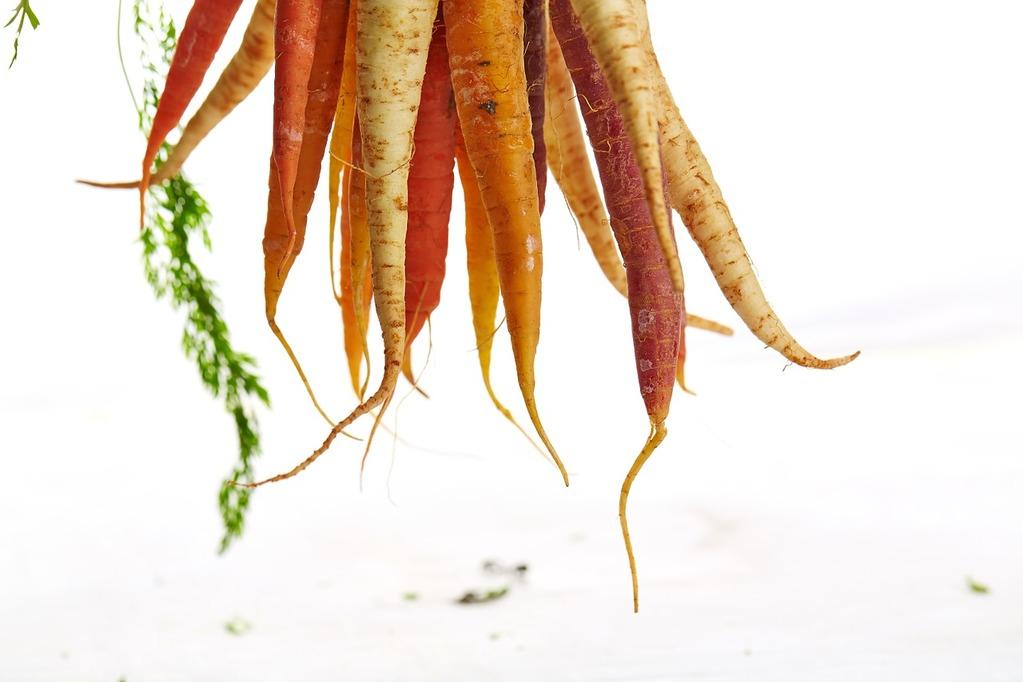
Image via Pixabay
Twisted or bent carrots — Overcrowding — Harvest carrots regularly, Do not plant carrots in the same spot consecutively
Blossom end rot — Calcium deficiency — Regulate soil moisture with mulch, Cease the use of nitrogen-containing fertilizer
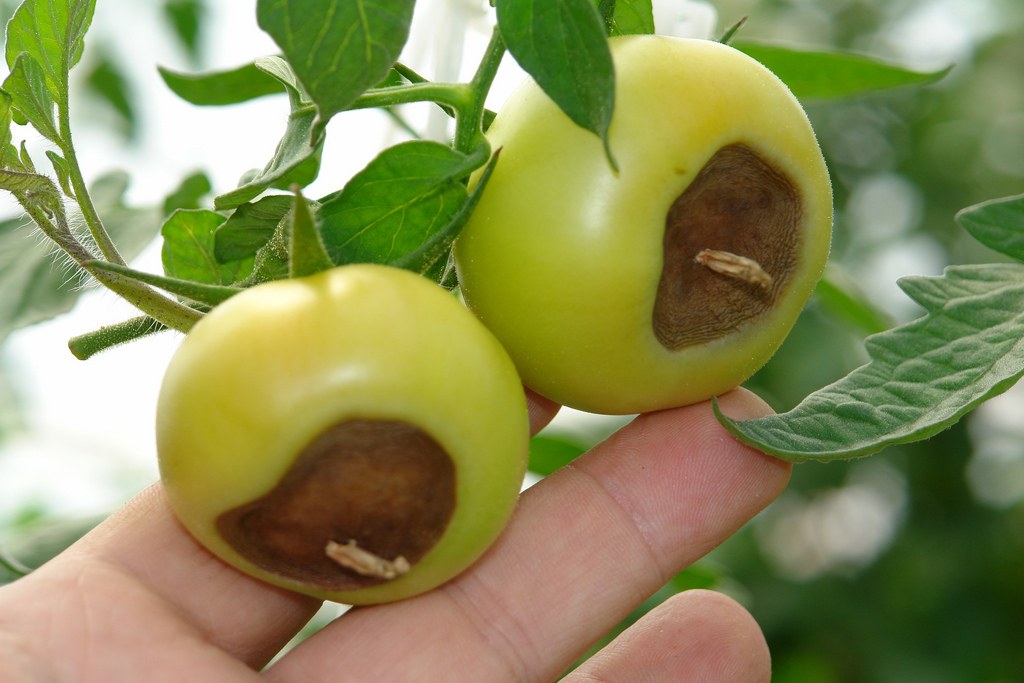
Image by Scot Nelson CC0 Public Domain via Flickr
Split tomatoes — Sudden changes in soil moisture — Keep soil moist, Pick tomatoes when slightly under-ripe
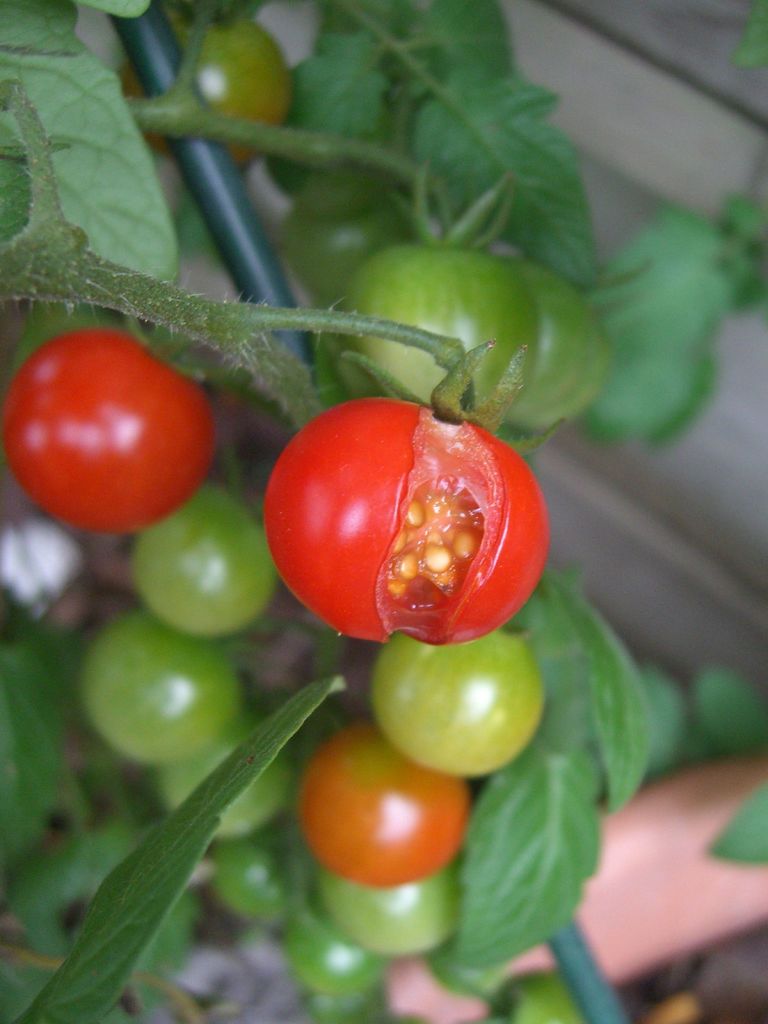
Split tomatoes. Image by Alpha, CC by 2.0, via Flickr
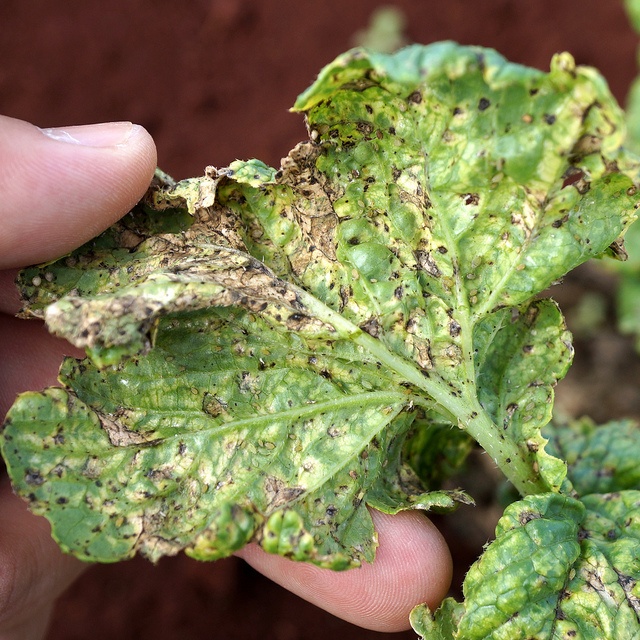
Image by Scot Nelson CC0 Public Domain viaFlickr
Spotted or yellow foliage — Disease or nutrient deficiency — Test your garden’s soil profile, Choose blight-resistant plant varieties, Check your garden soil’s pH, Apply a baking soda solution to fight fungal disease
Get Back to Basics with Vegetable Gardening
For those who want to connect more with nature or improve their diet, vegetable gardening is a great hobby to explore.
While you might think that vegetable gardening is just for those with a natural green thumb, this isn’t true.
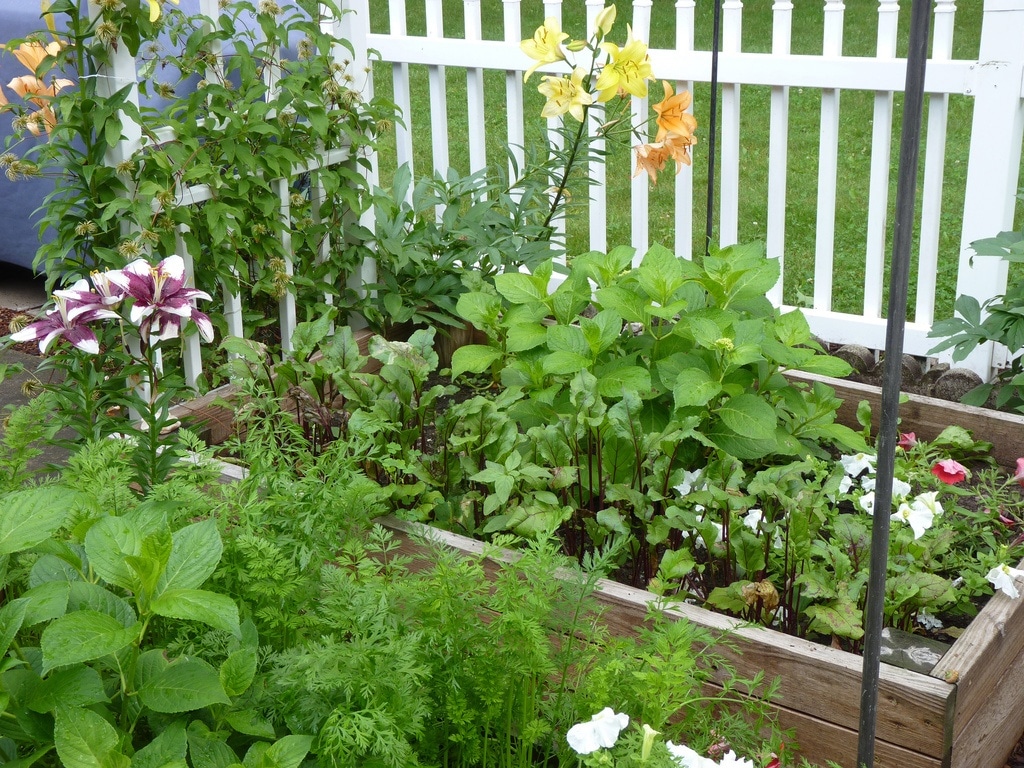
Raised garden beds help reduce weeds. Image by normanack, CC by 2.0, via Flickr
How can you beat that?
You can.
Really.
Growing a vegetable garden can actually help you save money, improve your mood, and get you in shape! And all you need to know to get started on a vegetable gardening adventure of your own is when, where, and what.

The most important factor in managing a successful vegetable garden is understanding and maintaining the quality of your soil. Fortunately, this chore is made extremely simple through the use of compost and commercial fertilizers.
“I find beauty everywhere. I find beauty in my garden.”
– Doris Day
Most vegetable varieties are super forgiving when it comes to beginner gardeners.
In your first year of gardening, you can grow delicious produce like tomatoes, zucchini, and carrots. And with a little time and practice, you can expand your plant varieties and exponentially increase your crop yields in the coming years!
The day-to-day maintenance of a vegetable garden is much easier than most people probably think.
While insects and rodents can pose an issue for some gardeners, there are many methods for removing them from your garden. Or preventing them from entering your garden in the first place.

So now that you know a little bit more about the hobby of vegetable gardening and what you can accomplish, are you ready to start a garden of your own?
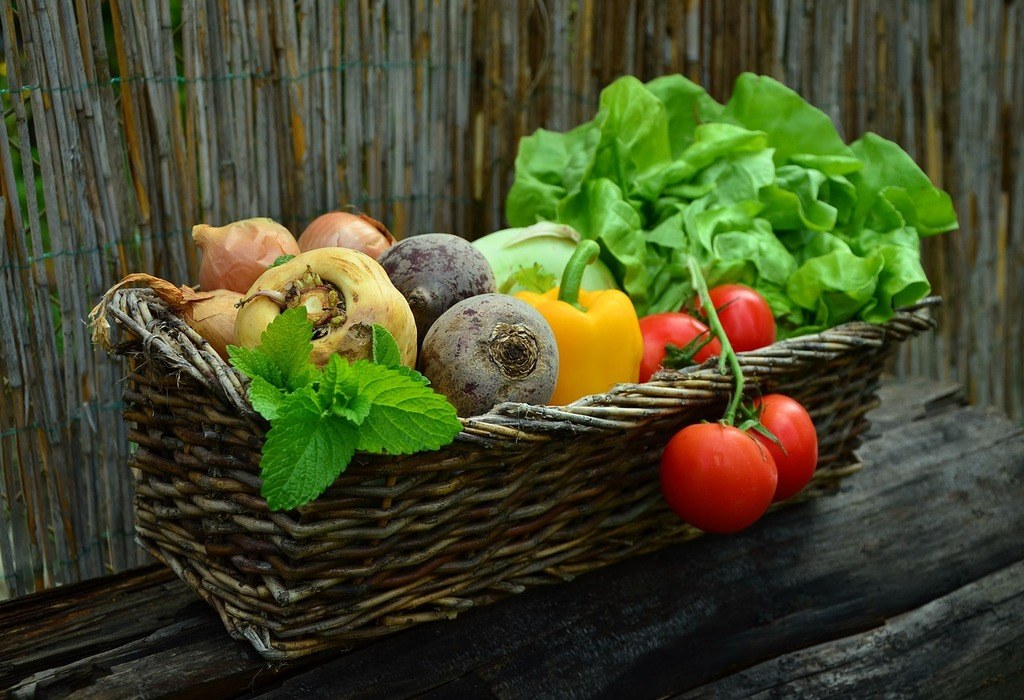
Grow your own dinner! Image via Pixabay
Featured Image: CC0 via Pixabay